Exhibition: Ladies of Sorrow:
A Visual Exploration of Grief and Feminity

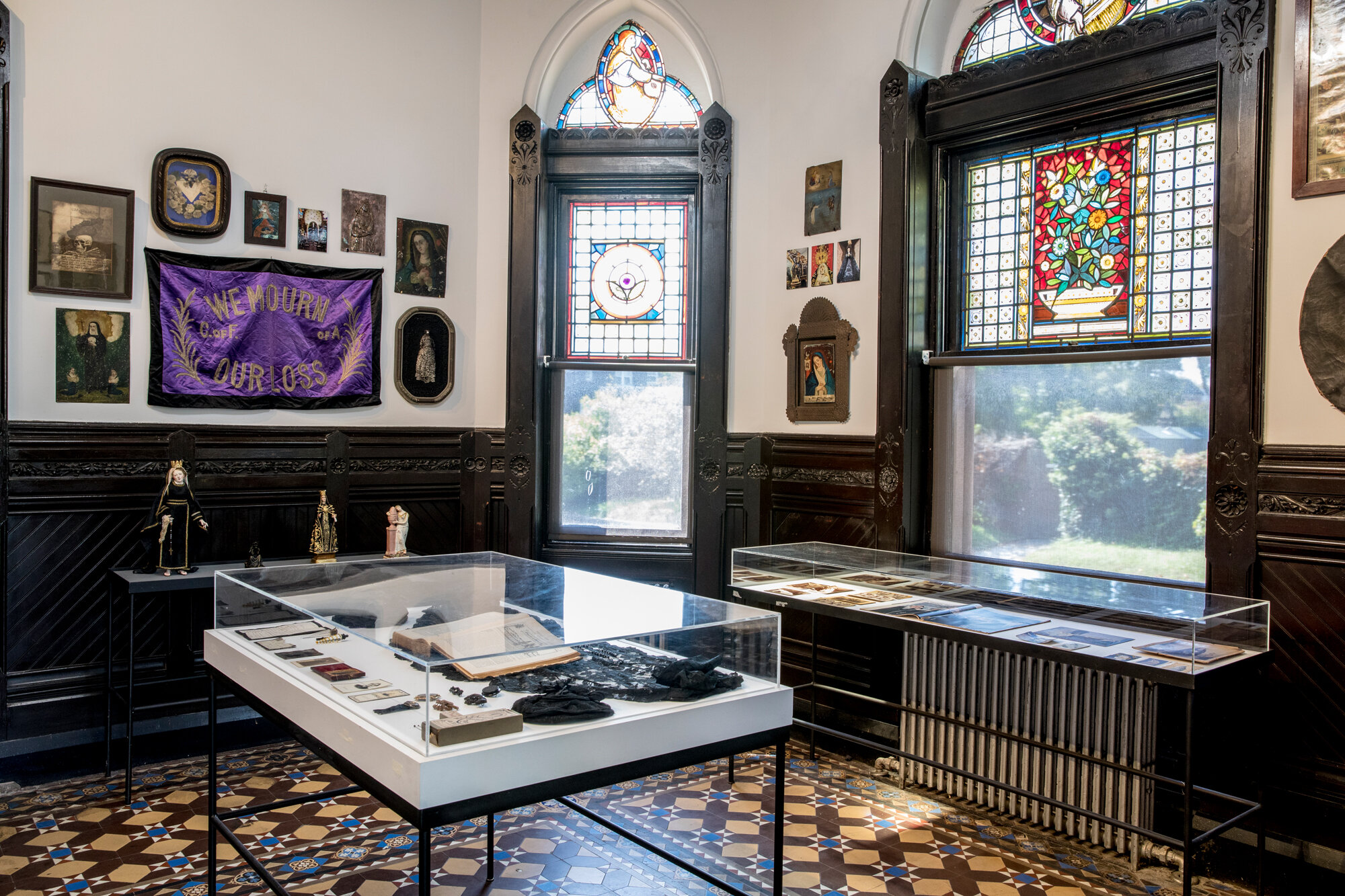
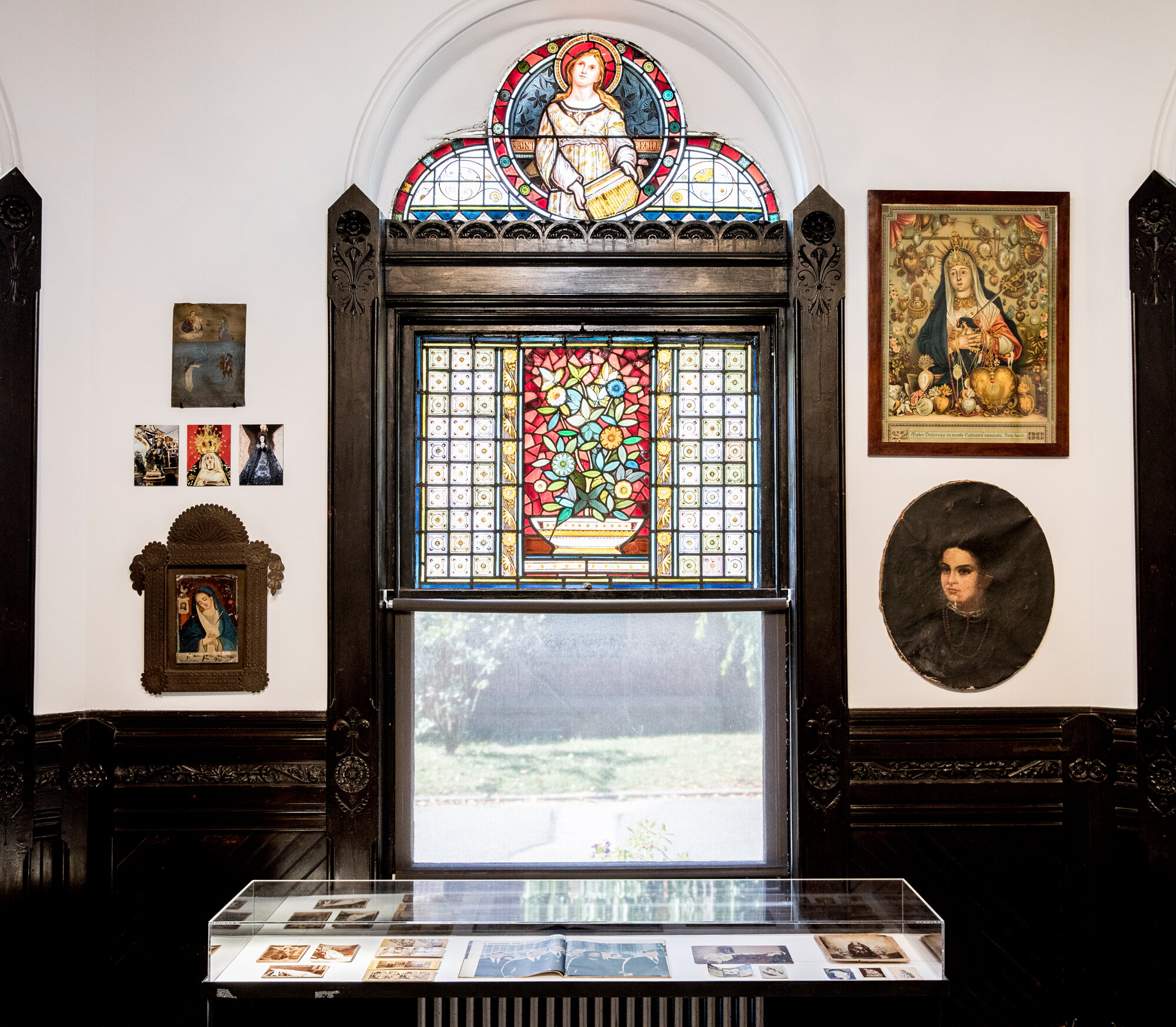
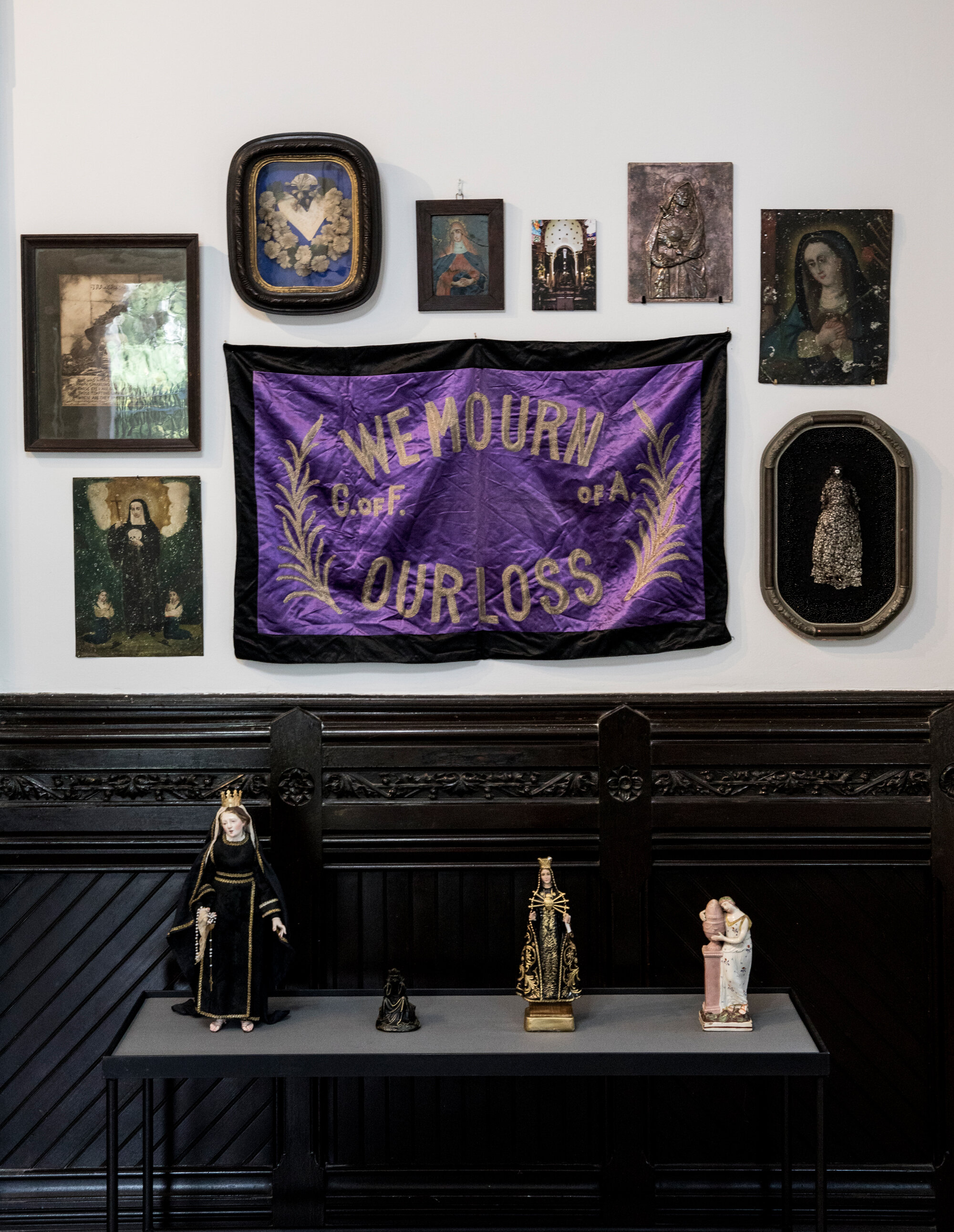
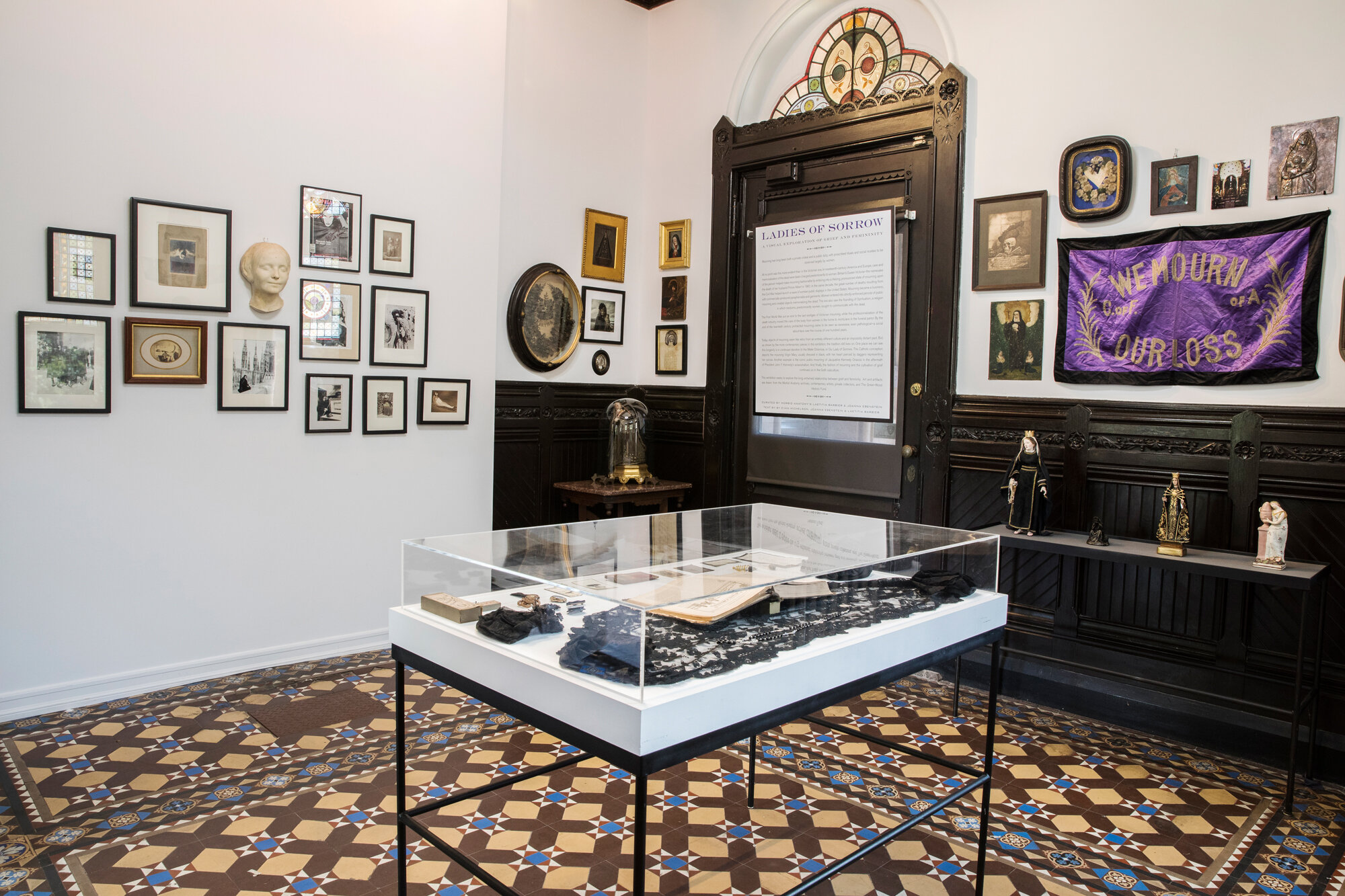
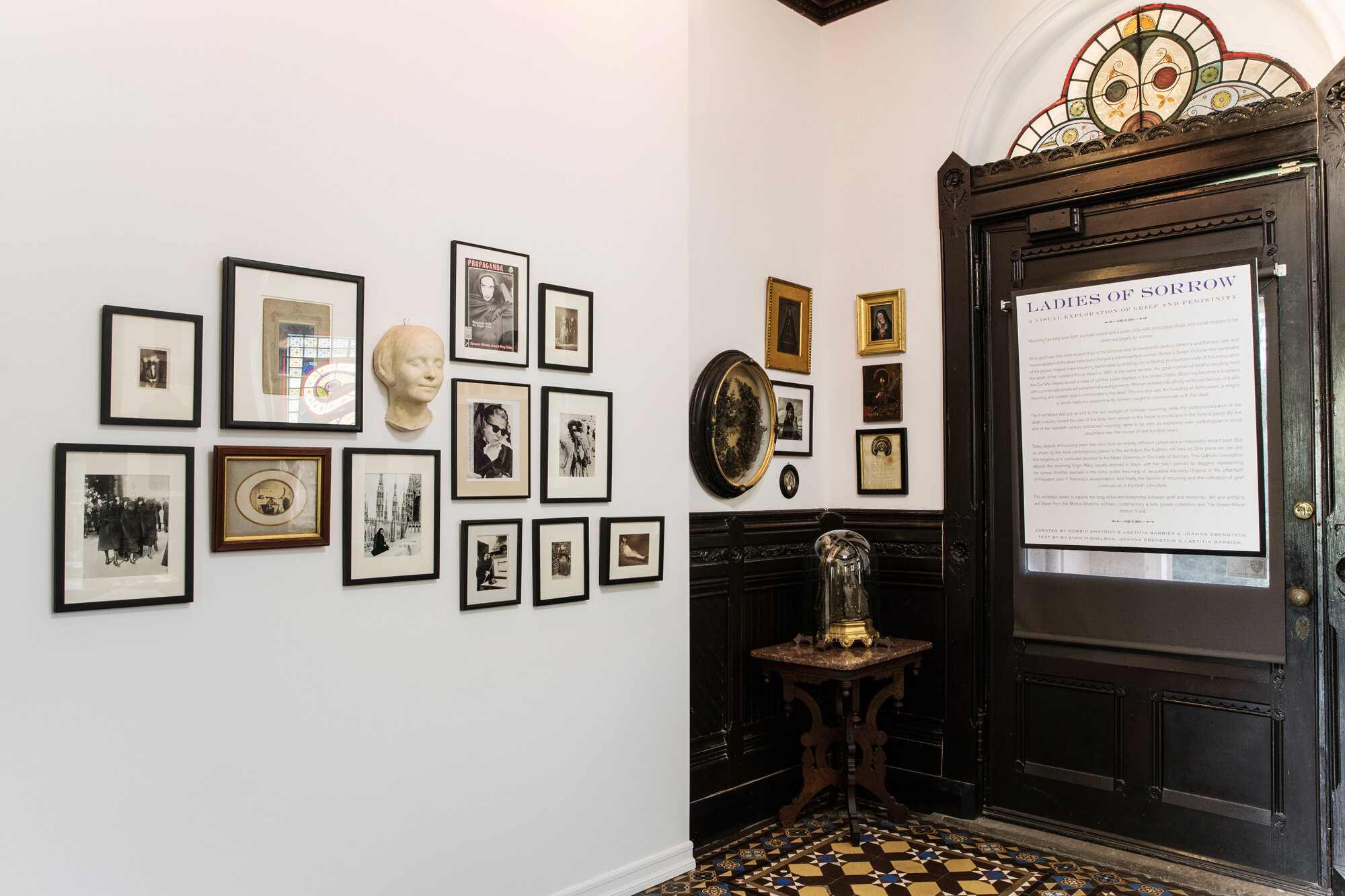
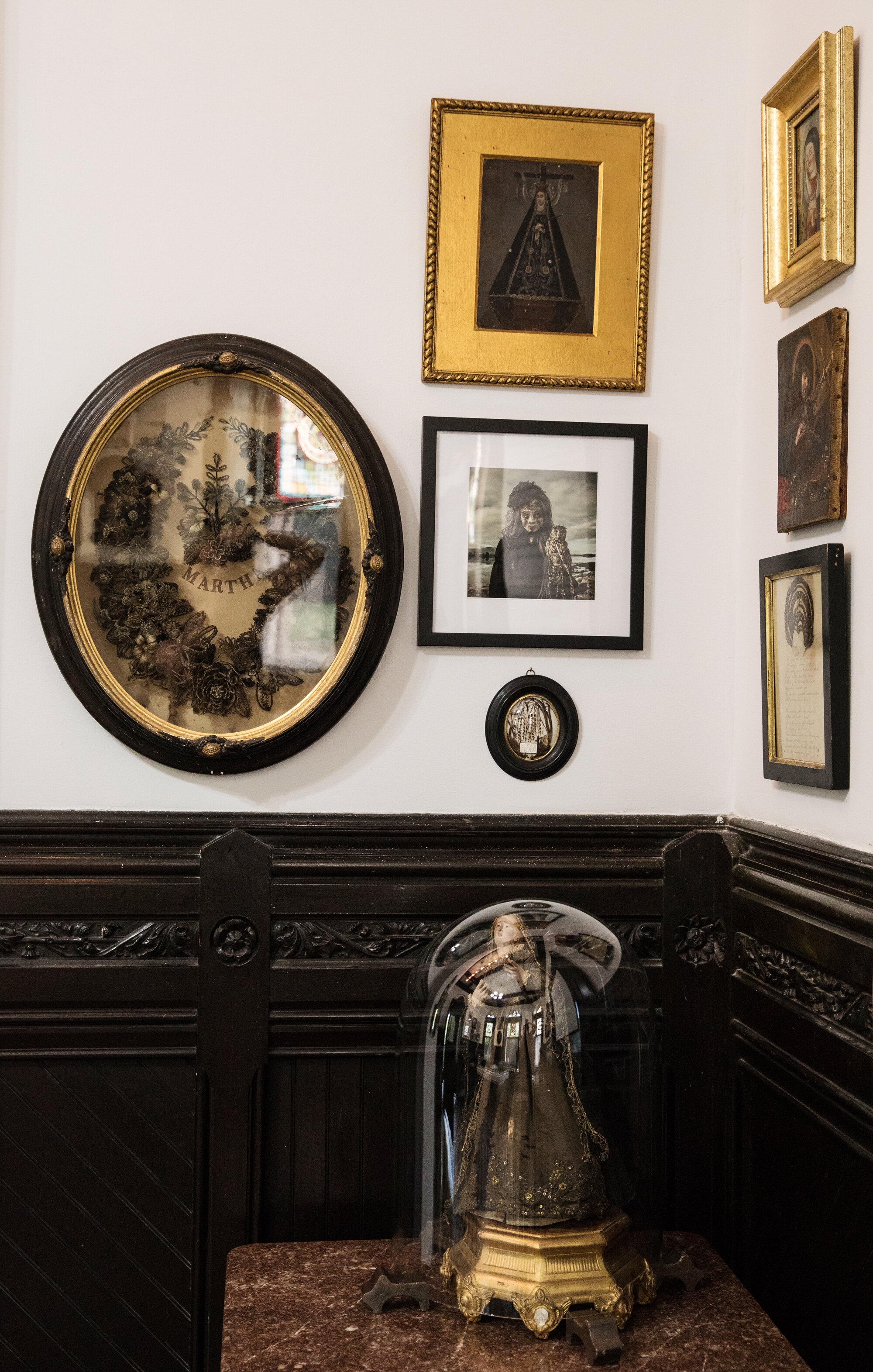
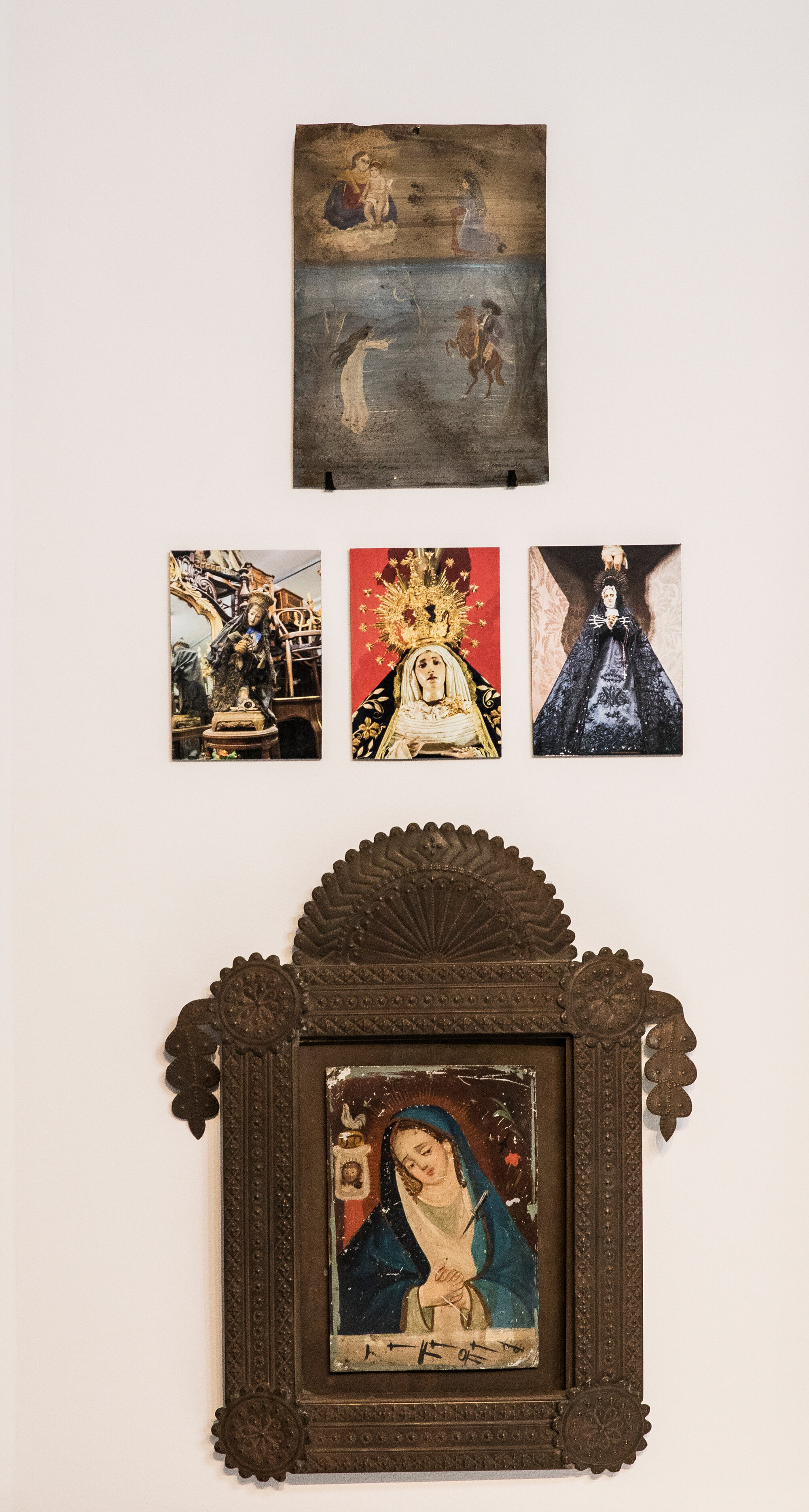
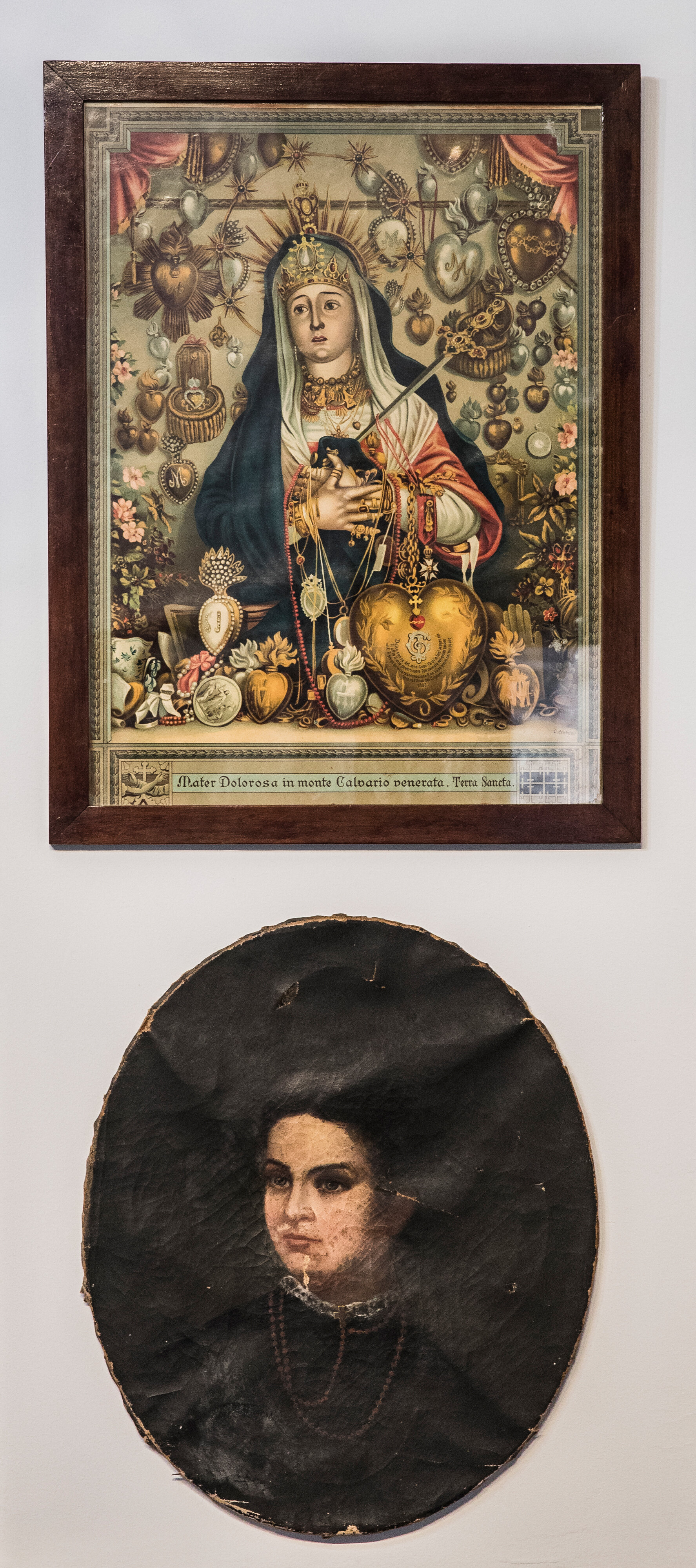
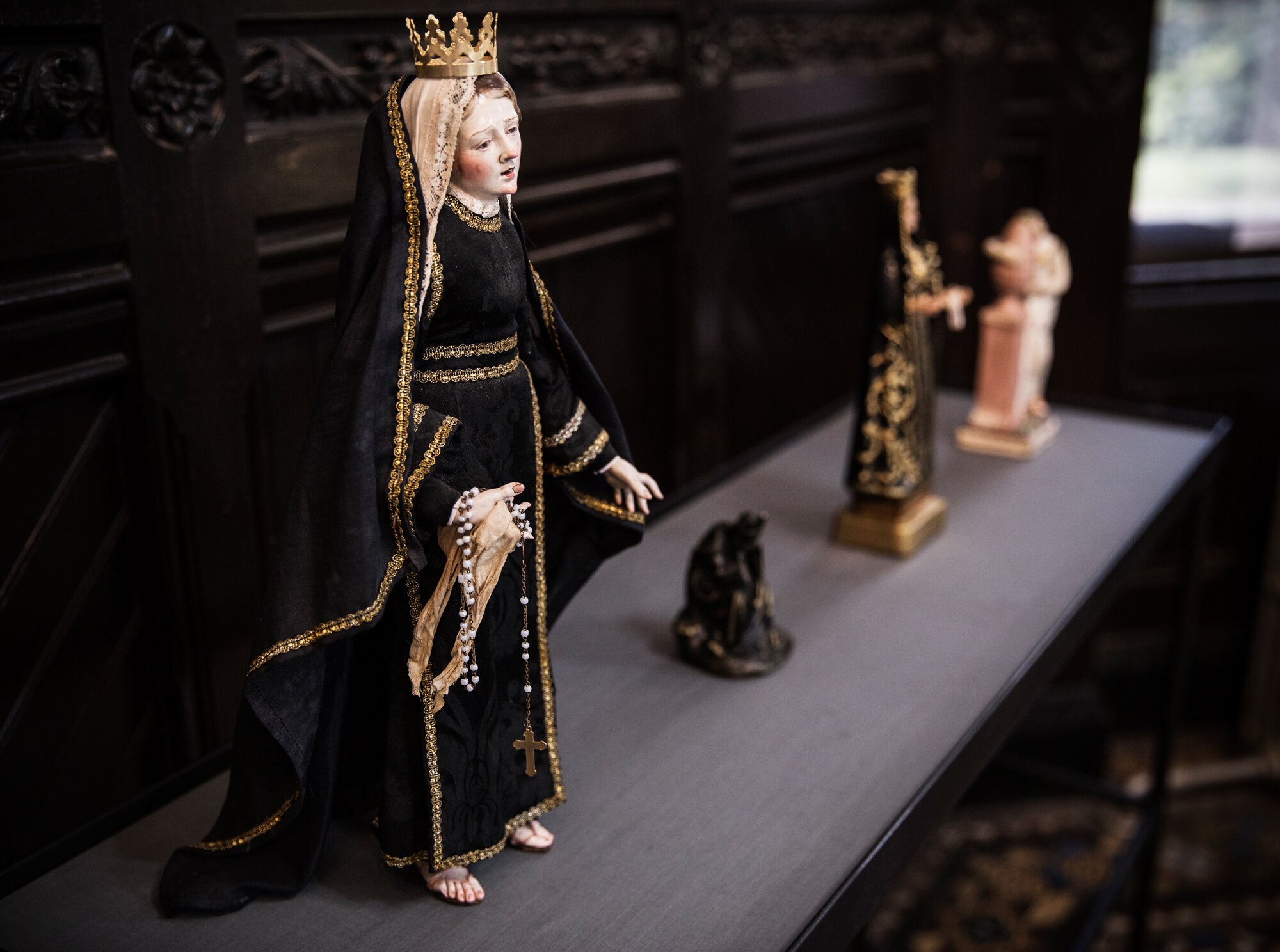
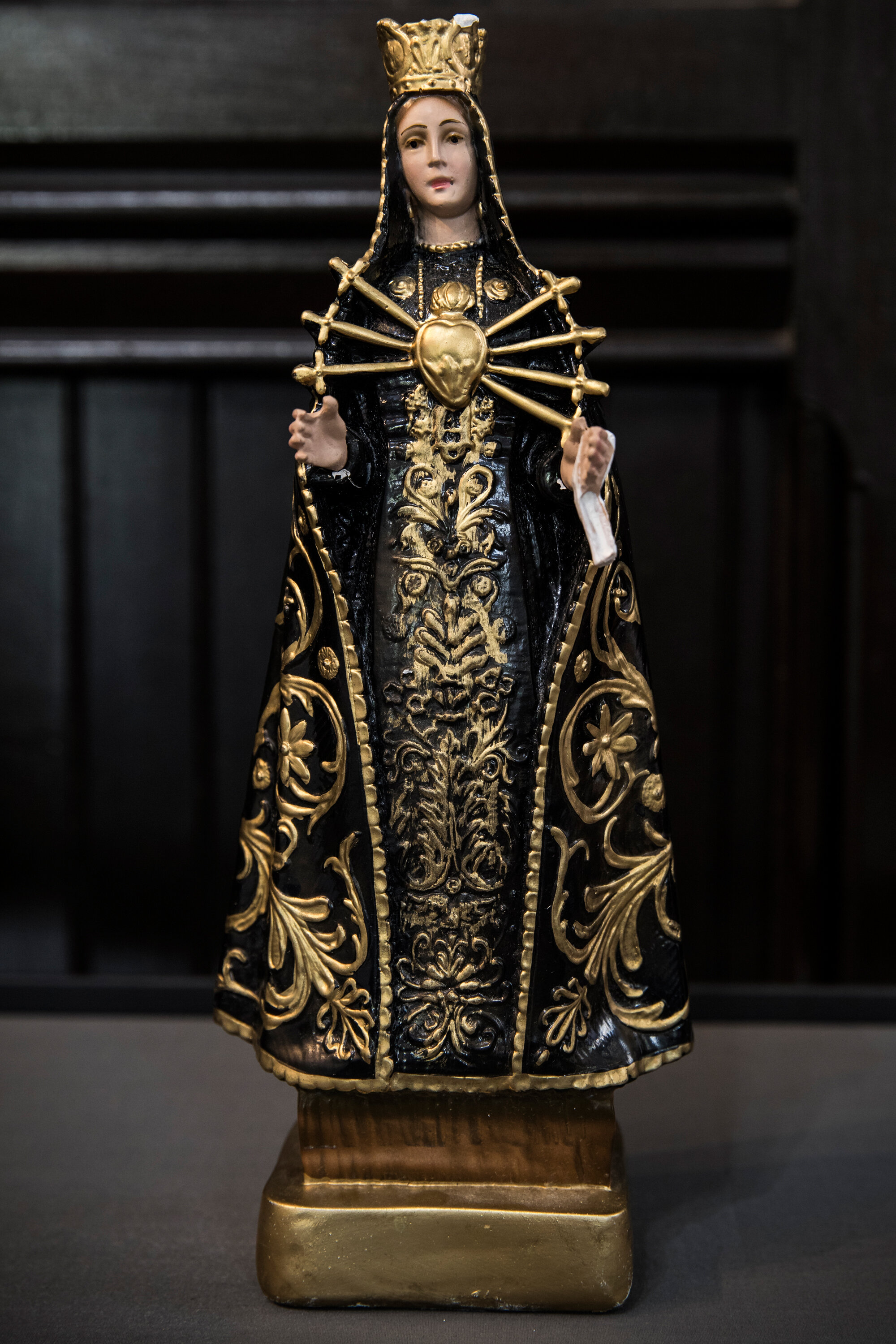
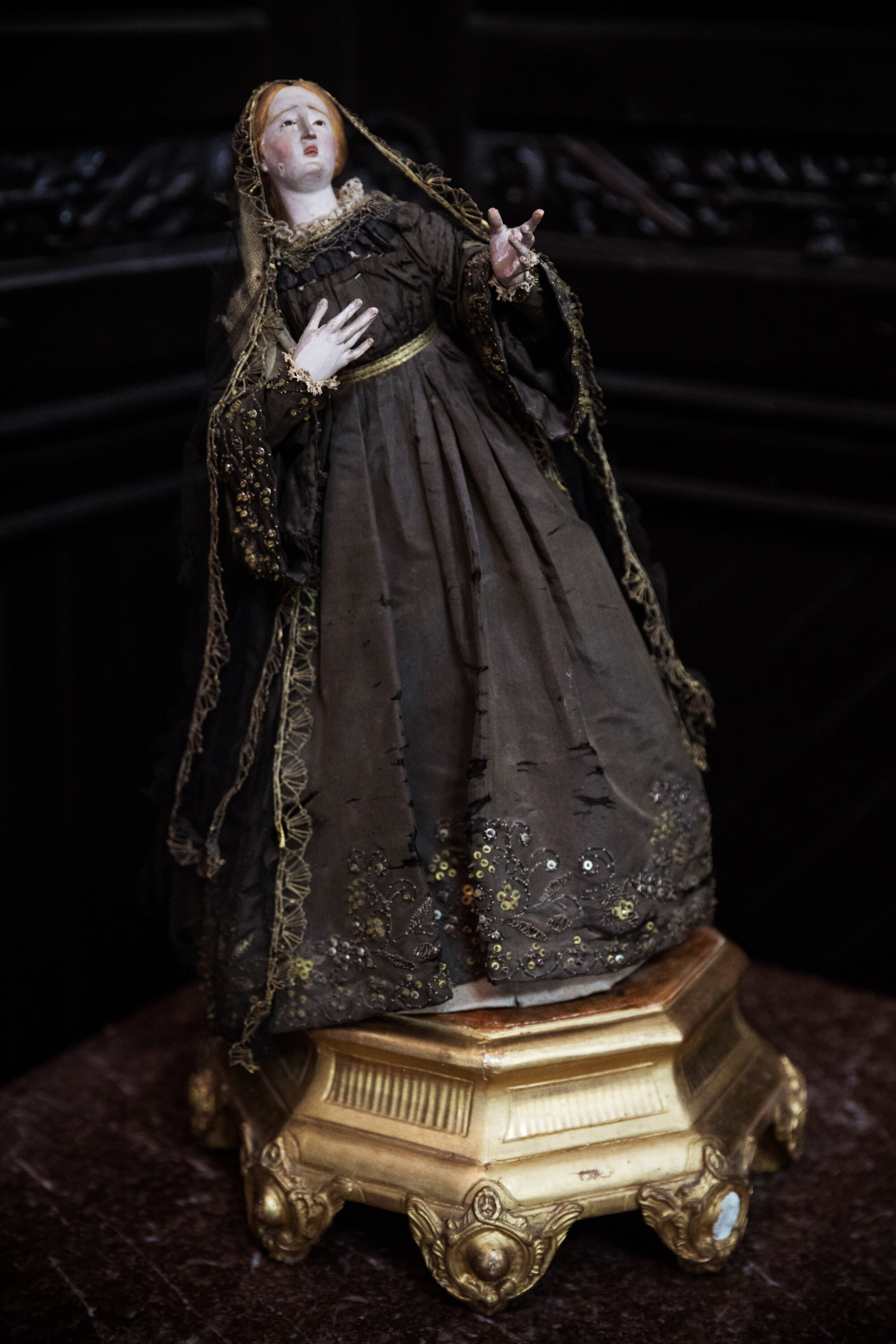
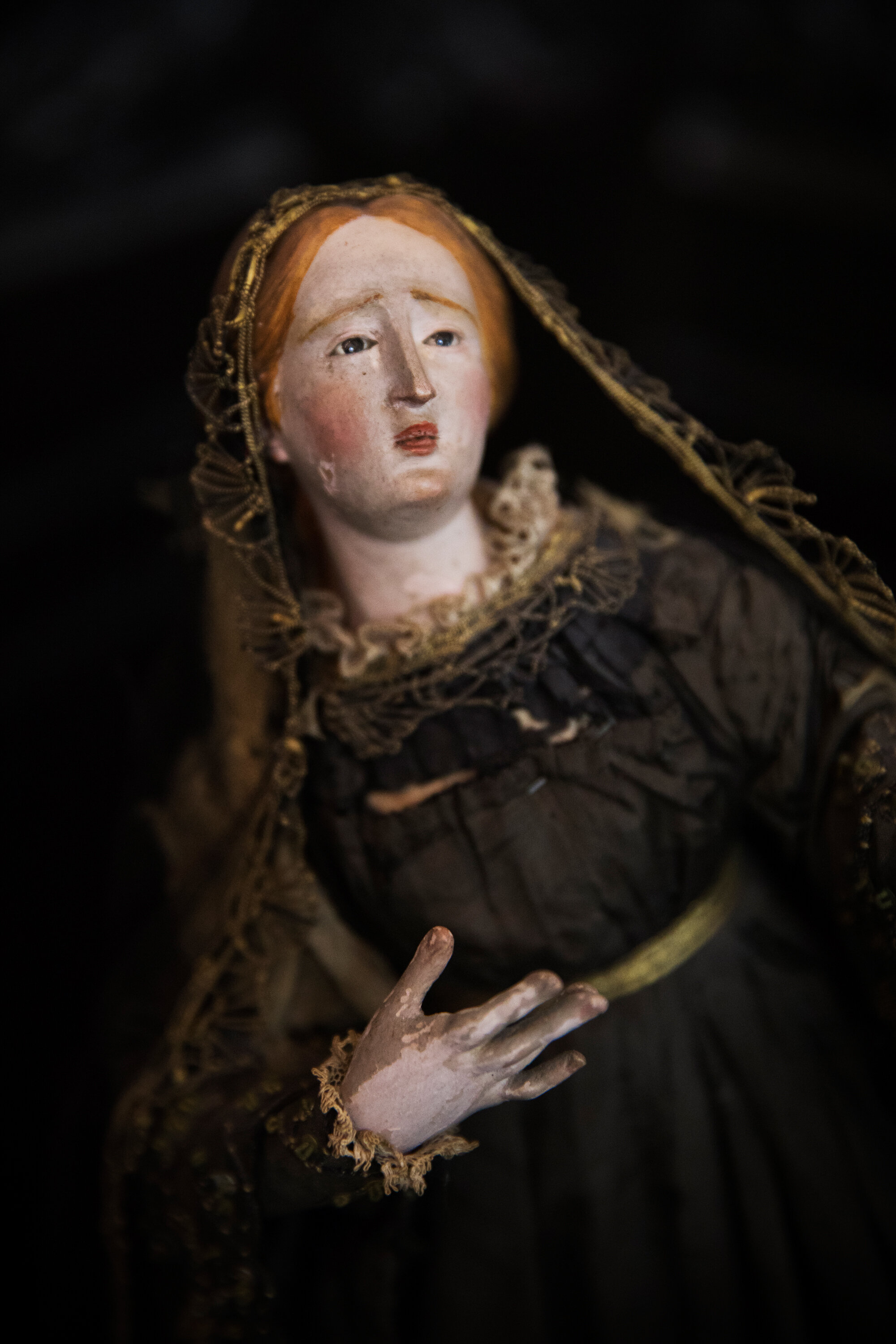
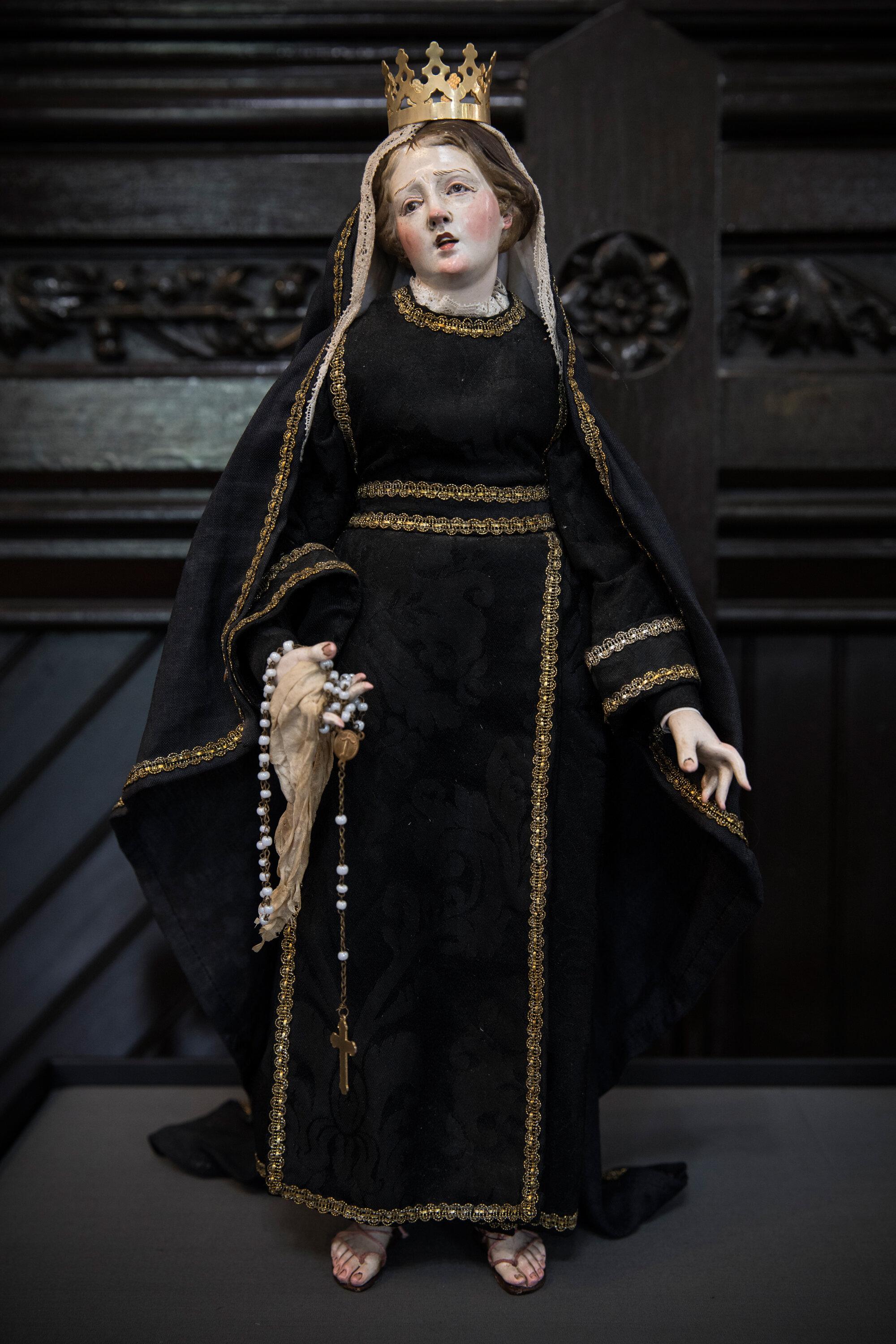
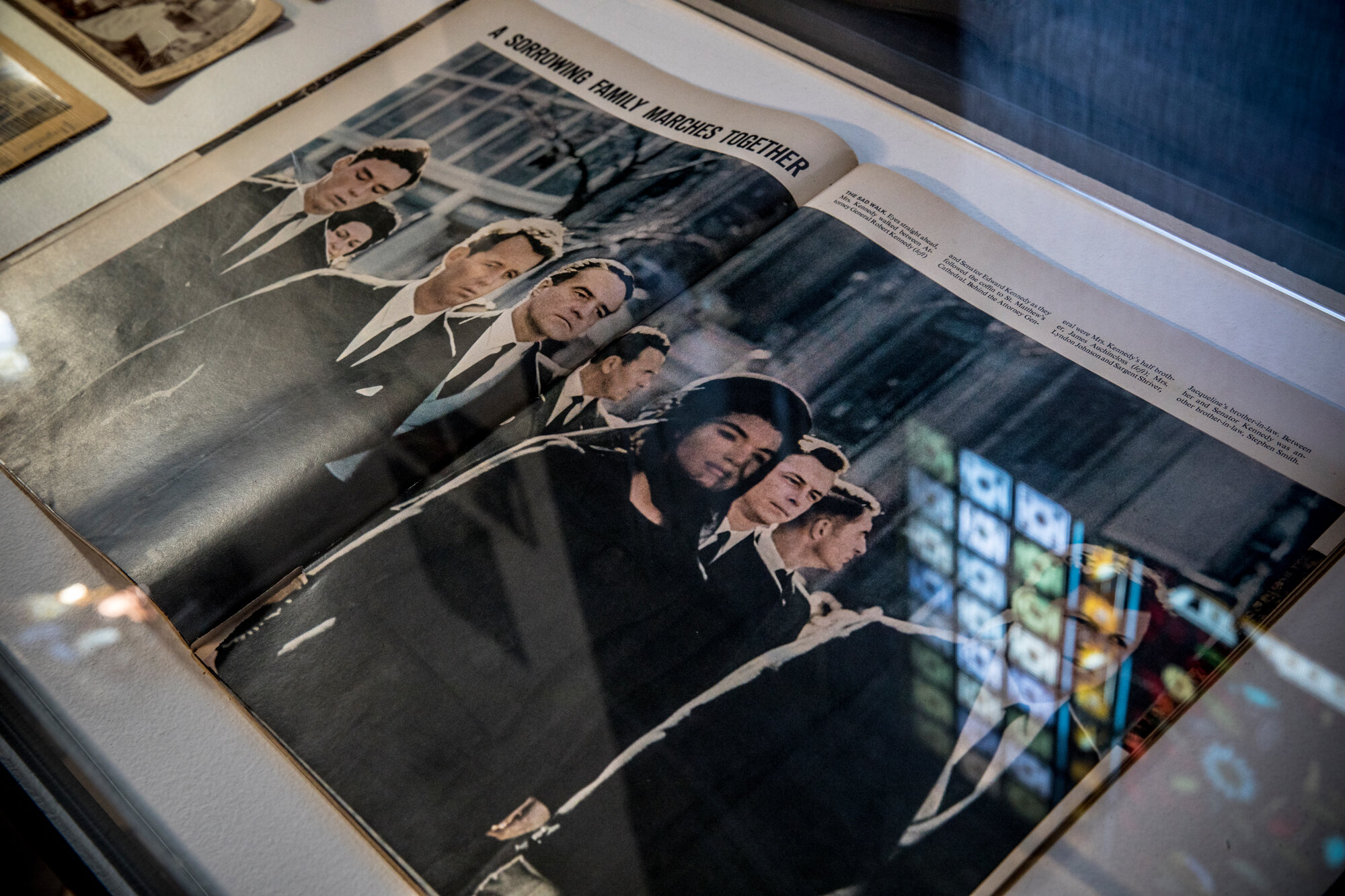
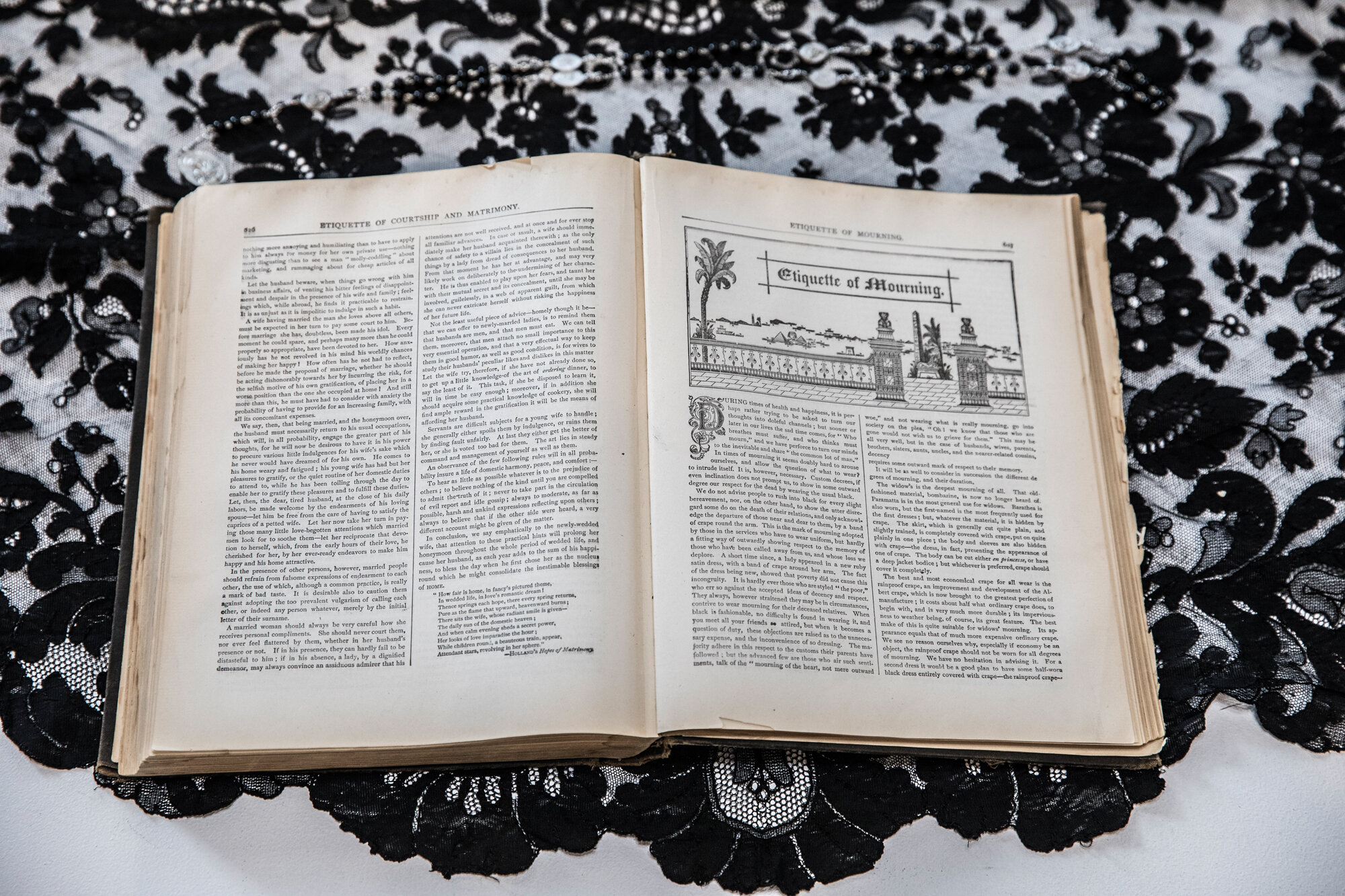
Saturday, September 28 - Sunday, November 17, 11:30 am - 4:30 pm
Green-Wood Cemetery’s Historic Fort Hamilton Gatehouse
Curated by Joanna Ebenstein and Laetitia Barbier
Texts by Evan Michelson and Joanna Ebenstein
Admission: FREE
Photos by Shannon Taggart
Including artworks by Mothmeister, Rebecca Reeves, Joanna Ebenstein and objects from the collections of The Green-Wood Historic Fund, Stephen Romano, Evan Michelson, Karen Bachmann, Laetitia Barbier, Deborah Dwyer, Candice Angelini, Rex Young, John Whitenight, Duncan Brittin, Kate Kierstead / Roses and Rue Antiques
Mourning has long been both a private ordeal and a public duty, with proscribed rituals and social niceties to be observed largely by women.
At no point was this more evident than in the Victorian era. In nineteenth-century America and Europe, care and memorialization of the dead were tasks charged predominantly to women. Britain’s Queen Victoria—the namesake of the period—helped make mourning fashionable by entering into a lifelong, pronounced state of mourning upon the death of her husband Prince Albert in 1861. In the same decade, the great number of deaths resulting from the Civil War helped launch a wave of somber public displays in the United States. Mourning became a business, with commercially-produced paraphernalia and garments. Women entered into strictly-enforced periods of public mourning and created objects memorializing the dead. This era also saw the founding of Spiritualism, a religion in which mediums, predominantly women, sought to communicate with the dead.
The First World War put an end to the last vestiges of Victorian mourning, while the professionalization of the death industry moved the care of the body from women in the home to morticians in the funeral parlor. By the end of the twentieth century protracted mourning came to be seen as excessive, even pathological—a social about-face over the course of one hundred years.
Today, objects of mourning seem like relics from an entirely different culture and an impossibly distant past. But, as shown by the more contemporary pieces in this exhibition, the tradition still lives on. One place we can see this longevity is in continued devotion to the Mater Dolorosa, or Our Lady of Sorrows. This Catholic conception depicts the mourning Virgin Mary, usually dressed in black, with her heart pierced by daggers representing her sorrow. Another example is the iconic public mourning of Jacqueline Kennedy Onassis in the aftermath of President John F. Kennedy’s assassination. And finally, the fashion of mourning and the cultivation of grief continues on in the Goth subculture.
This exhibition seeks to explore the long, entwined relationship between grief and femininity. Art and artifacts are drawn from the Morbid Anatomy archives, contemporary artists, private collectors, and The Green-Wood Historic Fund.
